My Stepdaughter Begged Me to Take Her to the Hospital, but I Refused

In 1946, people saw the first image ever from space. Kinda grainy, but hey it counts! But the first satellite maps haven’t appeared until recently. Now it is difficult for us to imagine life without GPS navigation. But one man made the first satellite-like map in 1502!
At the time when photography didn’t exist at all. It was also impossible to climb to such a height to make a map. But this genius person made it just by walking through the streets of a small Italian town. And you know this man as Leonardo DiCaprio, I mean da Vinci. Let’s see how he did this.
A well-known man in Italy, Cesare Borgia [CHEH-zuh-ray BAW-zhuh], invited Leonardo to the small town of Imola [stress falls on the ’i’]. He wanted to study the structure of the city carefully and asked Leonardo to make him a detailed map.
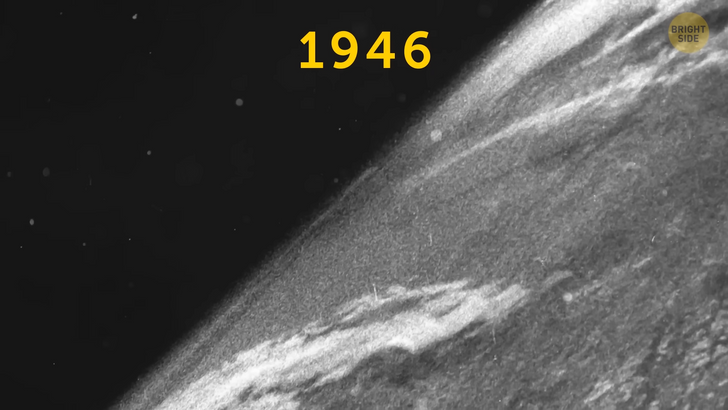
At that time, maps were drawn rather clumsily. No one knew how to convey the exact distances on a reduced scale. But people spent a lot of time decorating maps with dragons, roses, beautiful castles, mountain ranges, flowers, and other things. Those maps were more like pictures that could be hung on the wall for beauty. But Cesare Borgia wanted the most practical map.
And Leonardo made an “ichnographic” map that became revolutionary in the world of mapping. If you look at the satellite images of this town and the Leonardo da Vinci map, you will see almost no difference. The inventor accurately conveyed all the alleys, bends of streets, roads, and sizes of buildings. He did all this by hand, using a pencil, ruler, compass, and several inventions he had created.
He was walking down the street with an odometer and a magnetic compass. The first device he used was to calculate the distance traveled. All cars have this device, so you can see how many miles you have driven. Leonardo walked through the streets with a large wheel that rotated and fixed the distance with a cable. With the help of a magnetic compass, he determined the directions.
He also created a Bussola [stress falls on the “u”] device that could measure degrees inside a circle. He knew at what angle each street had turned, what circumference the intersections had. He understood the distances between houses and avenues. He was walking through the roads for weeks with all these items. And then, he would come home and use all this data to draw the map at the correct scale.
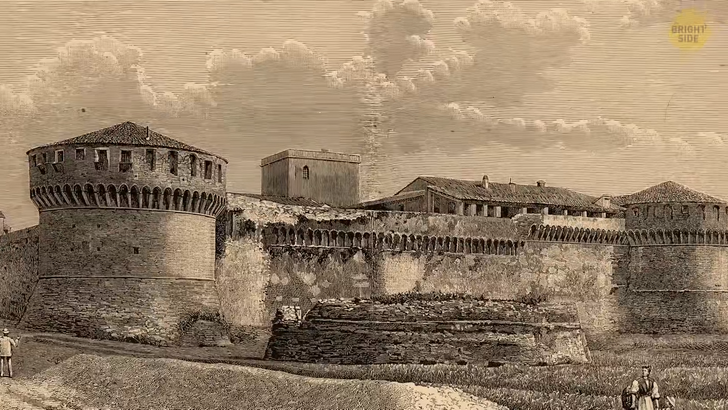
He also used the invention of the Florentine humanist Leon Alberti in his work. He created a mapping method in which the entire city area can be put inside the circle with polar coordinates. The city’s central square is where eight straight lines meet — the main directions of the compass. Leonardo began to fill the town with blocks after dividing it into 8 segments.
The accuracy of his calculation was astounding. He didn’t miss even the tiny buildings. Today you can navigate by this map, walking around the town after more than 500 years. Just compare this place in Google Maps and Leonardo’s painting. Nope, no fast food joints or tall buildings built in the last 500 years either...
Everyone knows that Leonardo da Vinci drew a detailed image of a flying machine, which looks like a modern hang glider and ornithopter. But this was just one of several of his flying devices. In the 1480s, he painted the Aerial Screw. Leonardo came up with a system that all modern helicopters are using now. He drew a screw with a thick cloth. Propellers from ships pushing water work on the same principle.
But Leonardo thought, “Is it possible to push air?” And his most famous drawing of flying ornithopter was created after Leonardo studied birds. He even wrote a book “Codex on the Flight of Birds”, where he described in detail the physics of the flight of these animals. Then, based on these data, he began to draw his device similar to wings.
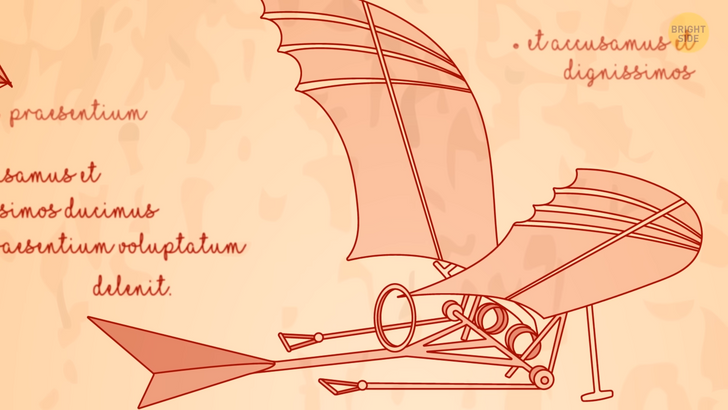
After the wings, Leonardo went even further. He thought, how would people descend from a great height? This thought prompted him to create drawings of the parachute. This invention should have been made of linen fabric and holding wooden poles. The whole structure was shaped like a pyramid. A person had to be located at the bottom in the center and slowly float to the ground.
In June 2000, a British parachutist decided to build a parachute according to Leonardo’s drawings. He created a copy, rose 10,000 feet in a hot air balloon, and jumped down with Leonardo’s invention. He was smoothly descending to the ground for five minutes. But at the very end, he opened another spare parachute just in case and landed.
One day Leonardo drew a model of an unusual crossbow. It was a giant model, the size of a passenger plane. Outwardly, it did not differ from the ordinary one in anything other than its size. Da Vinci wanted to create some kind of upgraded version of the catapult. The crossbow was supposed to release huge boulders of destructive power. No one has been able to make this plan a reality.
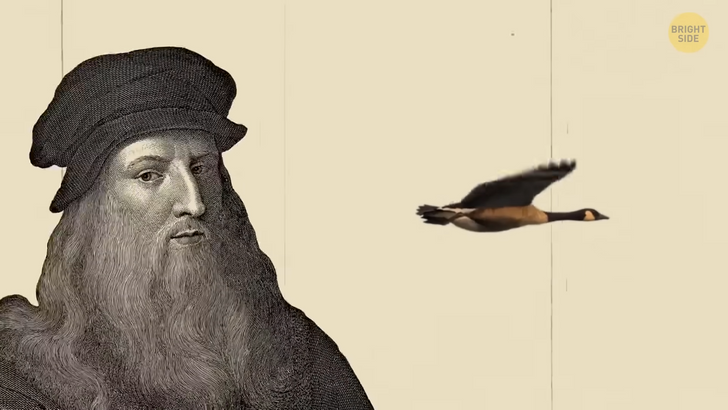
Many of Leonardo da Vinci’s (Can we just call him “Leo”?) his sketchbooks were lost, but then discovered in the 1950s. And among these drawings, people found a detailed picture of a complex device. Under careful examination, the experts realized that it was a drawing of a prototype of a modern calculator. It may seem so natural to us today, but da Vinci sorta invented it back in 1502.
Do you know what a self-supporting bridge is? This bridge you can carry with you and install without extra mechanisms. The convenience is that you don’t have to dig the ground and waste time on the bridge foundation. This invention seems simple now, but in the 15th century, it was brilliant.
Leo came up with this bridge to make it easy for people on long hikes to cross rivers and reservoirs. There were almost no screws and other metal fasteners in the bridge, only wooden parts. Leo made a construction that exerted the same pressure on the bridge from both sides at once. He did it with the help of blocking beams. And it worked! People still use this technology today.
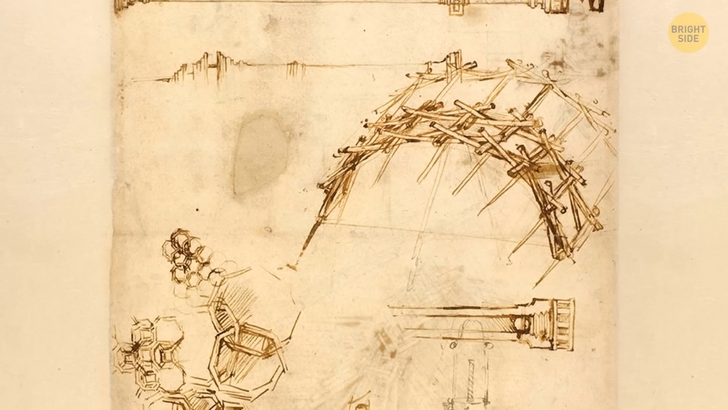
Leonardo’s inventions were created for practical purposes and often by order. But sometimes, he just worked for himself. In 1495, he drew a detailed plan of a mechanical robot dressed in knight’s armor. According to calculations, the knight could sit, move his head and swing his sword.
The artist was inspired by the anatomy of the human body. He studied the structure of bones, muscles, and joints and decided to do something similar. Da Vinci developed a complex system of gears and pulleys that could simulate human movements. But the most remarkable thing is that one robotics expert created a robot based on Leo’s drawings in 2002.
Da Vinci invented many modern things 500 years ago. One of them is a self—propelled cart or just a car. He created it for use in theatrical productions. Thanks to the screw springs, the car could drive itself without a push. The braking system and steering allowed the driver to control the machine. Of course, there was no engine. But at that time, it was brilliant.
Leo created inventions for air, ground, and water, of course. He studied the properties of liquid and underwater currents’ structure and then designed the first diving suit. It looked rather strange—a leather jumpsuit with a face mask, glasses, and a long reed hose attached to the nose with steel rings inside. He came up with several versions. One of them connected hoses to air cylinders floating on the surface. He thought people would use these suits to attack the invading ships covertly.
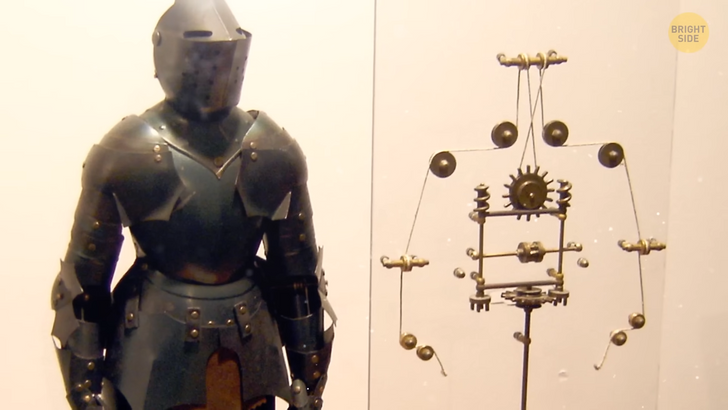
Leonardo da Vinci’s Vitruvian Man shows how perfect the human body is. He wrote many notes in a mirror handwriting on the paper with this drawing. The artist was describing the proportions of the human body. He wrote that the length from the chin’s tip to the upper part of the skull was one-tenth of the entire body.
But in general, Leonardo’s Vitruvian Man showed the ideal anatomy of humans. This man is placed inside a circle and a square. The artist wanted to show that humans can be as perfect as geometric shapes.
Anyway, scientists around the world are still arguing about this drawing. Um guys, let’s give it a rest. Leo’s left the building!











